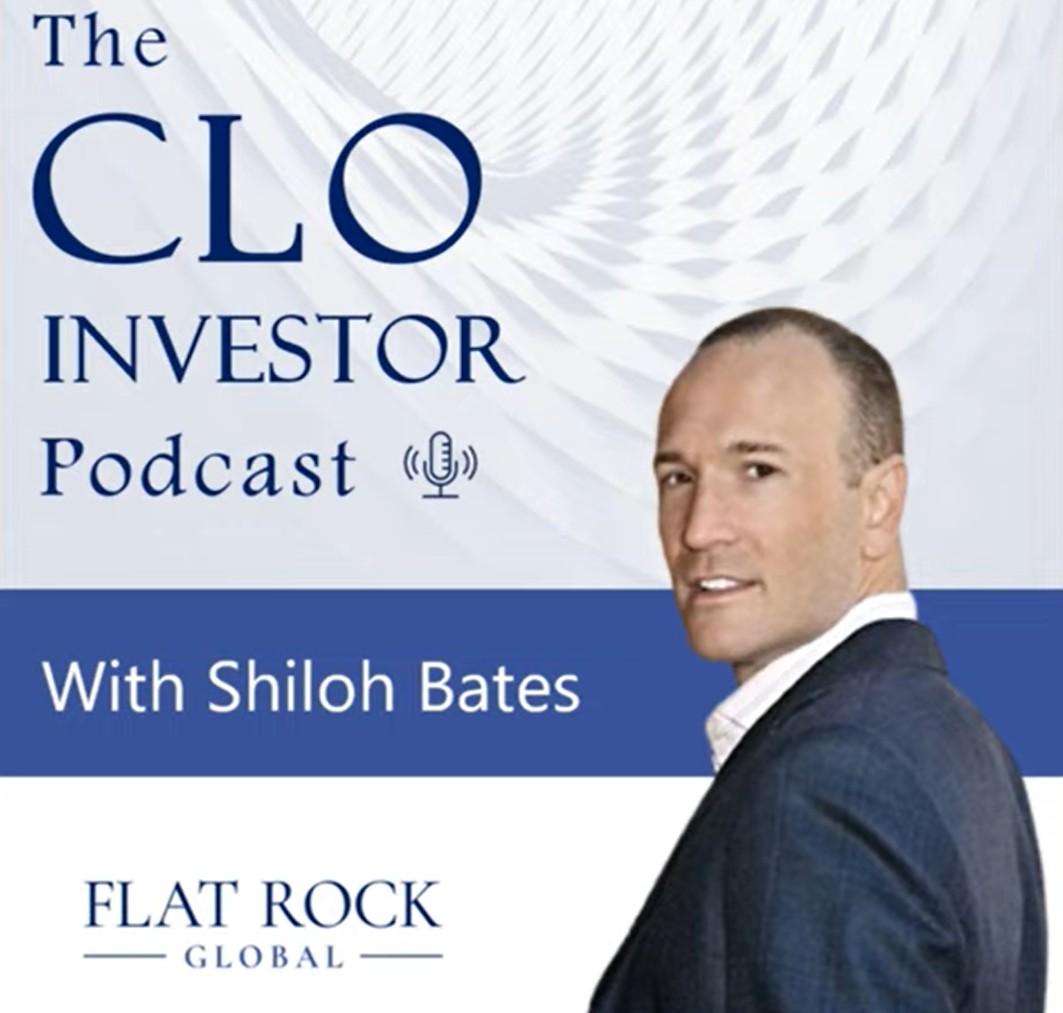When people think about investing, their minds often go straight to stocks, bonds, or maybe even real estate. But there’s another interesting option that has been gaining attention: the CLO equity ETF. This type of investment may sound complicated, but when broken down into simple terms, it’s easier to understand than you think.
In this guide, we’ll explore what a CLO equity ETF is, how it works, the benefits and risks involved, and where it may fit into your portfolio. We’ll also explain why many investors are starting to talk about platforms like flatrockglobal when it comes to exploring alternative investments.
What is a CLO Equity ETF?
Let’s start with the basics.
-
CLO stands for Collateralized Loan Obligation. Think of it as a bundle of loans given to companies, especially businesses that don’t usually get traditional bank financing.
-
Equity in a CLO refers to the riskiest part of those bundles. Investors in equity take on more risk but may also get higher rewards.
-
ETF (Exchange-Traded Fund) is like a basket of investments you can buy or sell on the stock exchange.
So, when we put it all together, a CLO equity ETF is an exchange-traded fund that invests specifically in the equity portions of CLOs. Instead of you trying to pick and manage risky corporate loans, the ETF does it for you in a structured and tradable way.
Why Investors Are Looking at CLO Equity ETFs
There are several reasons why investors find CLO equity ETFs appealing. Platforms like flatrockglobal highlight them as unique tools for income seekers and portfolio diversifiers. Here’s why they’re worth paying attention to:
-
Higher Yield Potential – CLO equity can generate bigger payouts compared to traditional bonds.
-
Accessibility – In the past, only large institutions could access CLOs. With ETFs, everyday investors now have a chance.
-
Liquidity – Since they’re ETFs, you can trade them on the market just like a stock.
-
Diversification – You get exposure to a variety of corporate loans rather than betting on just one company.
It’s a bit like going to a buffet instead of ordering a single dish. You get a wide spread, lowering the chance that one bad choice will ruin your whole meal.
How Does a CLO Equity ETF Actually Work?
Here’s a simple breakdown:
-
Investors put money into the ETF by buying shares.
-
The fund managers use that money to invest in CLO equity tranches.
-
The CLOs themselves are backed by corporate loans, and the cash flow comes from loan repayments.
-
Since equity investors are paid last, the yields can be higher — but so can the risks.
Think of it like waiting at the end of the line at a bakery. If plenty of pastries are left, you get a good share. If not, you might walk away empty-handed.
The Risks to Keep in Mind
Of course, every investment has downsides. CLO equity ETFs carry a few you should understand:
-
Credit Risk – If businesses don’t repay their loans, investors can lose money.
-
Market Volatility – Because ETFs trade daily, prices can swing sharply.
-
Complexity – CLO structures are not straightforward, even though the ETF simplifies access.
-
Interest Rate Sensitivity – Changes in interest rates can affect performance.
That’s why platforms like flatrockglobal often stress the importance of understanding risk before committing to CLO equity ETFs.
Benefits That Stand Out
Despite risks, many investors find these ETFs attractive because of:
-
Potential Double-Digit Yields – Much higher than savings accounts or bonds.
-
Professional Management – Experts pick and manage the CLO equity holdings.
-
Portfolio Balance – They can complement traditional investments like stocks or bonds.
-
Lower Barriers to Entry – You no longer need to be an institution or millionaire to access this market.
Adding a CLO equity ETF to your portfolio is like adding spice to a meal — it’s not the main dish but can enhance the overall flavor.
Who Should Consider CLO Equity ETFs?
These ETFs aren’t for everyone, but they could fit into certain strategies:
-
Income-Focused Investors – People looking for strong yields beyond traditional income options.
-
Diversifiers – Those who want to add an alternative asset class.
-
Long-Term Investors – Since returns can fluctuate, patience is key.
-
Risk-Tolerant Individuals – If you can handle ups and downs, it might be worth exploring.
If you’re saving for short-term needs, these may not be the right choice. But for long-term growth with some risk appetite, a CLO equity ETF could make sense.
Practical Tips Before You Invest
Here are some friendly reminders if you’re thinking about dipping into this space:
-
Read the Prospectus – Know exactly what the ETF invests in.
-
Compare Fees – Some funds have higher expense ratios, which eat into returns.
-
Check Historical Performance – See how similar ETFs have performed.
-
Start Small – Test the waters with a small portion of your portfolio.
-
Stay Informed – Keep an eye on corporate credit markets and interest rate changes.
Like trying a new cuisine, it’s smart to taste a little before loading your plate.
Final Thoughts
The CLO equity ETF is one of the most interesting ways to access alternative investments today. It offers the chance for high income, diversification, and accessibility that was once only available to large institutions.
Yes, it carries risks — especially tied to corporate loan performance and market swings. But for investors who understand those risks and take a balanced approach, a CLO equity ETF can bring valuable variety to a portfolio.
As platforms like flatrockglobal often emphasize, the key is to approach these ETFs with awareness, patience, and a clear strategy. Add them thoughtfully, and they may help you build a portfolio that’s both dynamic and rewarding.







+ There are no comments
Add yours